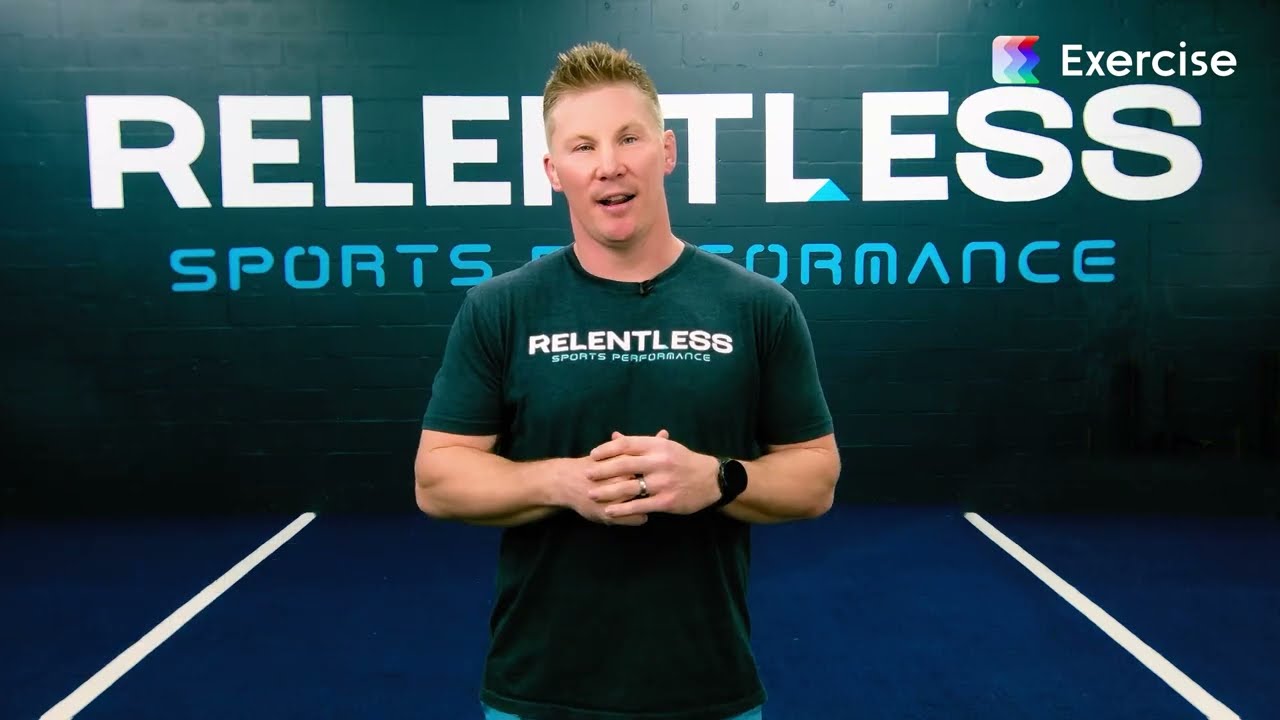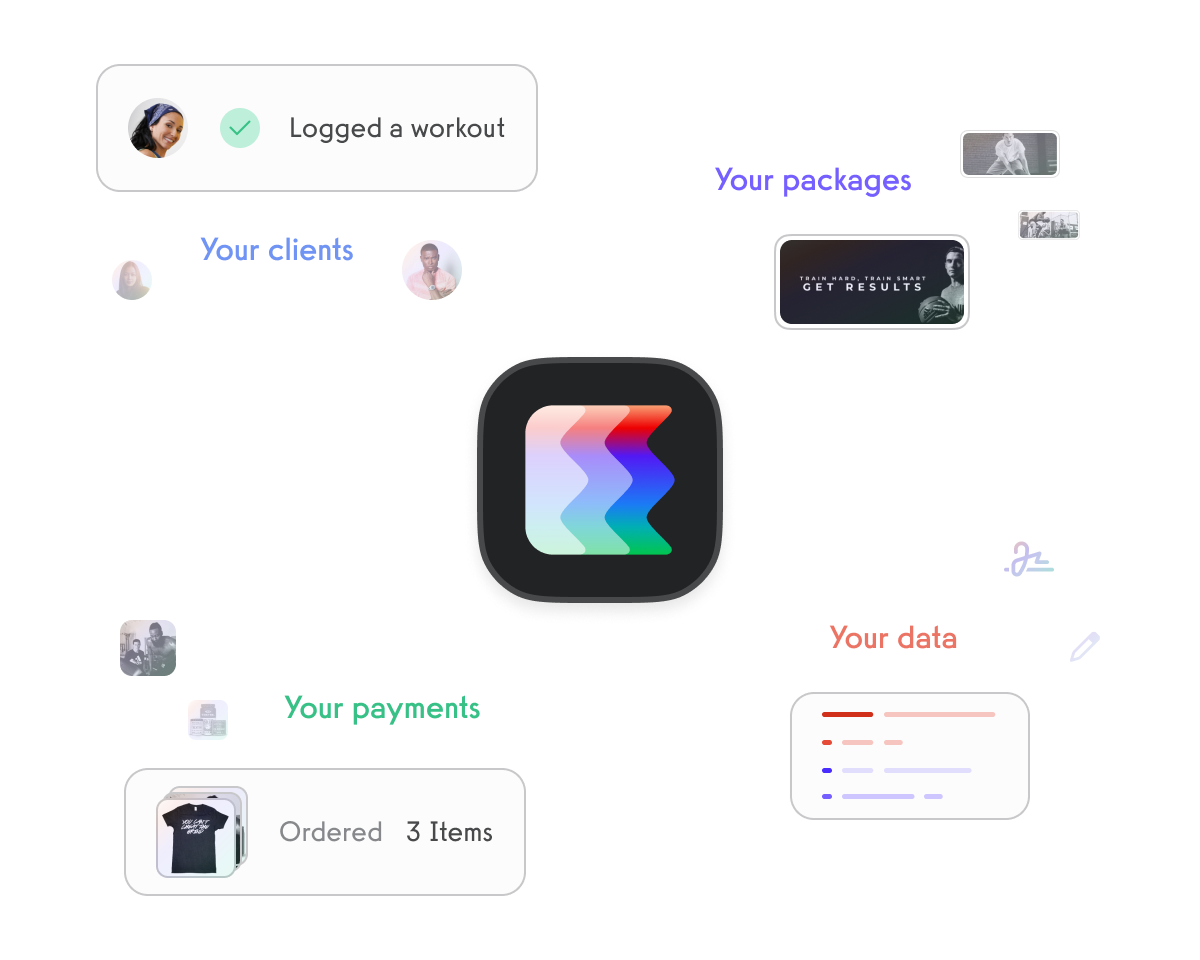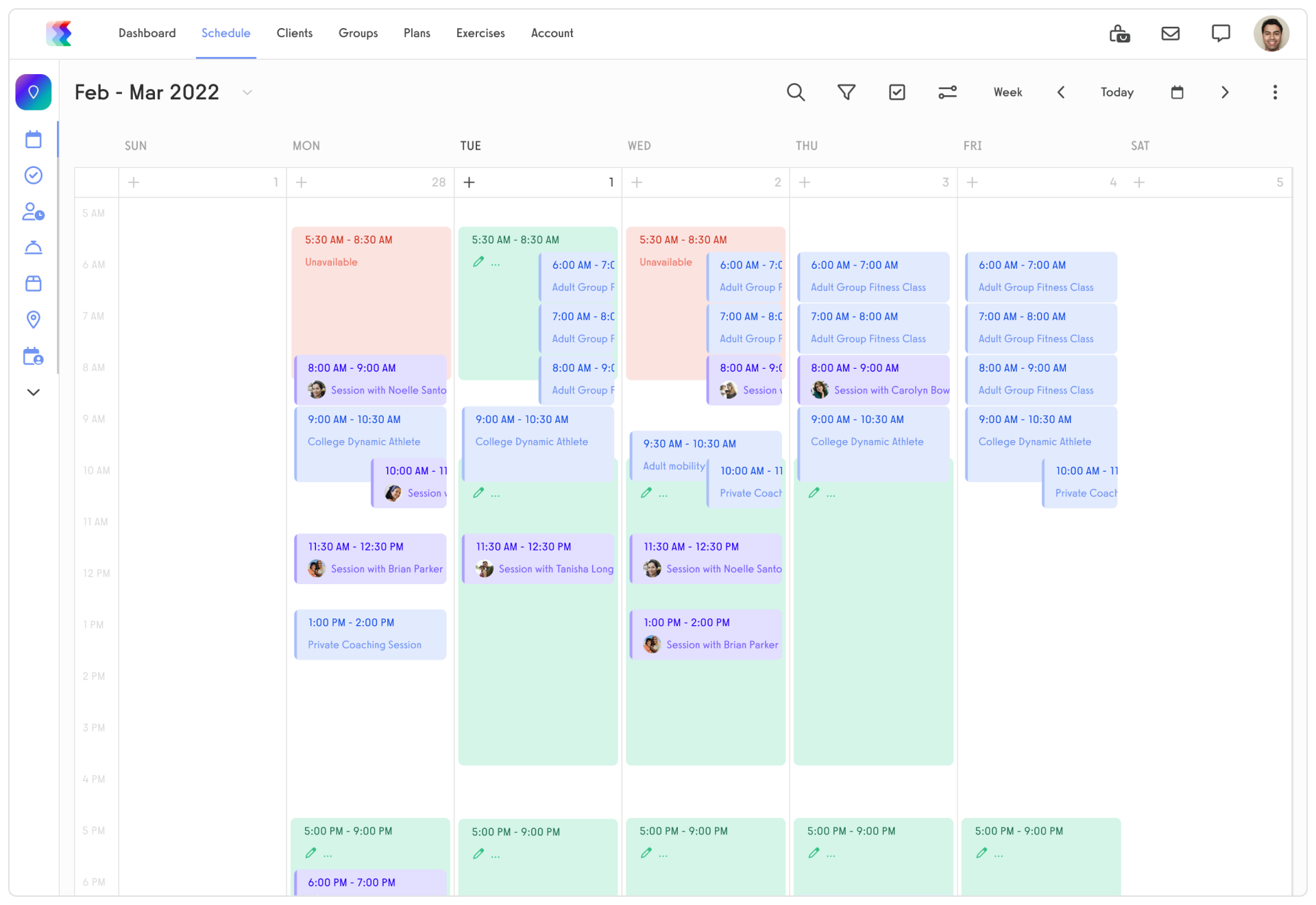ClassPass vs Clubforce
In today’s article, we will compare two popular platforms for fitness enthusiasts and club owners: ClassPass and Clubforce. Both platforms offer unique features and benefits, catering to different needs and preferences. By the end of this article, you will have a clear understanding of the key differences between ClassPass and Clubforce, enabling you to make an informed decision based on your requirements.
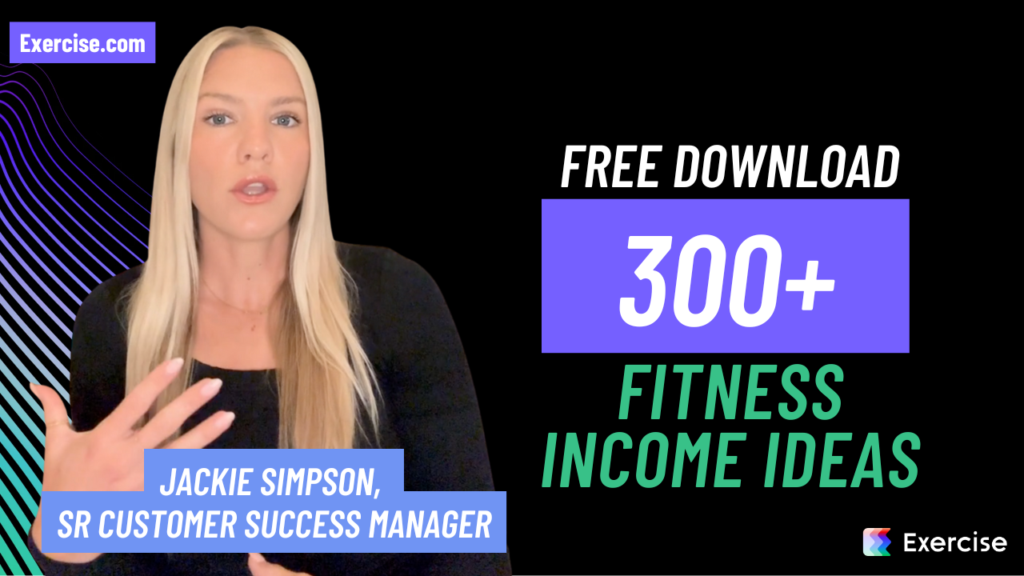
1. Introduction to ClassPass and Clubforce
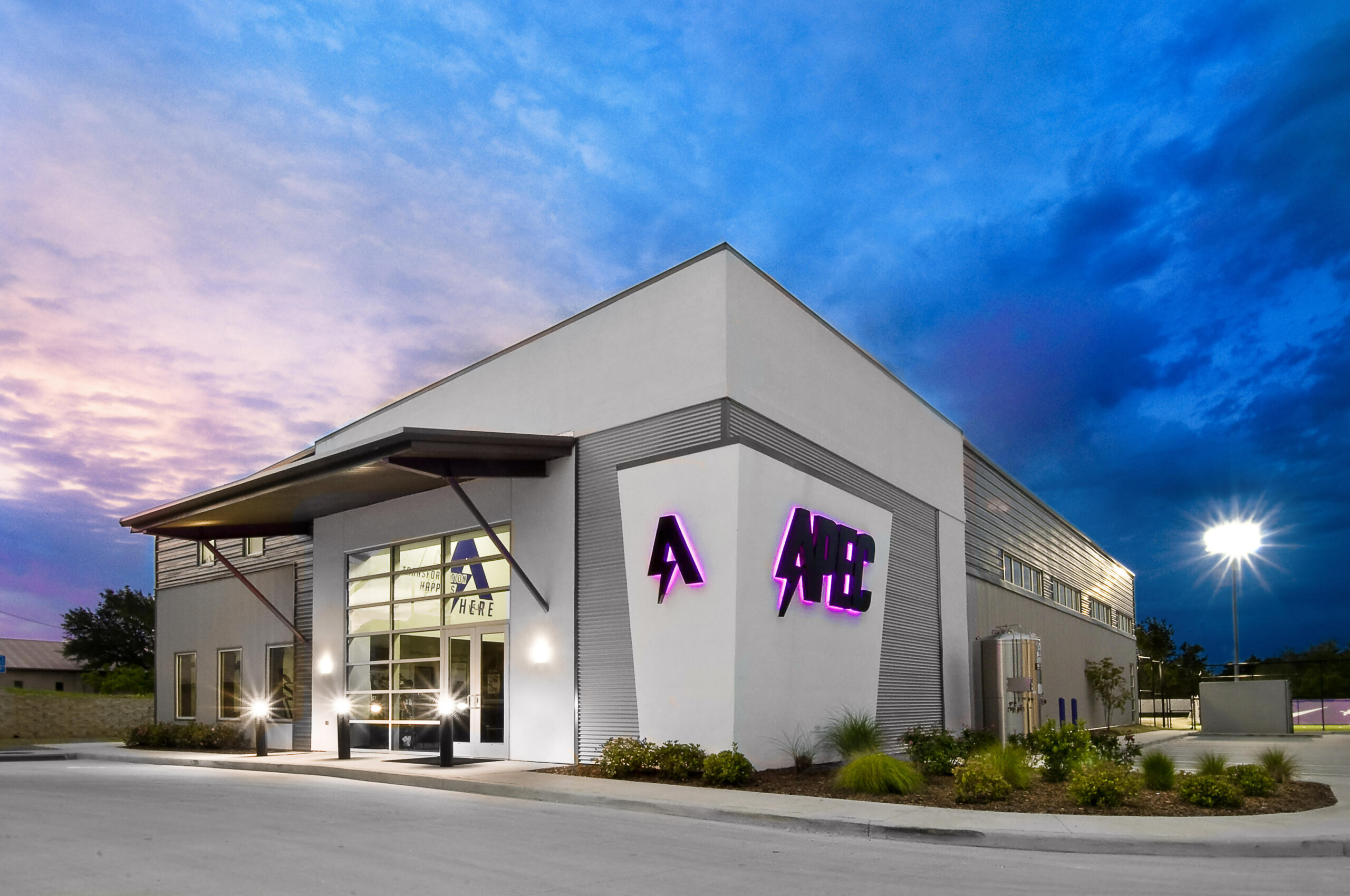
Before diving into the details, let’s first understand what ClassPass and Clubforce are all about.
What is ClassPass?
ClassPass is a revolutionary fitness platform that enables users to access a wide range of fitness studios and classes with a single membership. With ClassPass, you can discover and book fitness activities, including yoga, cycling, HIIT, dance, and more, all in one place.
Founded in 2013, ClassPass quickly gained popularity due to its flexible membership options and extensive network of partner studios. The platform aims to make fitness accessible and enjoyable for everyone, regardless of their location or schedule.
What is Clubforce?
Clubforce, on the other hand, focuses on providing club management solutions tailored for sports clubs and organizations. It offers a comprehensive set of tools and features to streamline membership management, automate payment processing, and enhance communication between clubs and their members.
Clubforce caters to a wide range of sports clubs, including football, rugby, tennis, and more. It empowers clubs to optimize their operations, attract new members, and enhance the overall club experience for both players and administrators.
Flexible Membership Options
When it comes to membership options, ClassPass and Clubforce have different approaches.
ClassPass offers a variety of membership plans to suit different needs and preferences. Users can choose between a base plan that allows a specific number of classes per month or an unlimited plan that provides unlimited access to classes. The flexibility of ClassPass membership allows users to select the most suitable option based on their fitness goals and budget.
On the other hand, Clubforce focuses on club membership management rather than individual fitness memberships. Clubs can create their own membership plans and packages, offering different benefits and prices for their members. This flexibility allows clubs to tailor their membership options to suit their specific sport and club requirements.
Access to a Wide Range of Fitness Studios and Classes
One of the key advantages of ClassPass is its extensive network of partner studios and classes. With ClassPass, users gain access to a diverse range of fitness options, spanning different fitness disciplines and studios. This gives users the opportunity to explore new activities and studios without the commitment of a traditional membership.
Clubforce, on the other hand, focuses on providing club-specific features and tools rather than offering access to a network of third-party studios. Club members can still benefit from the platform’s features, such as online bookings and payments, but it doesn’t provide the same vast selection of fitness options as ClassPass.
Personalized Recommendations and Class Ratings
One of the standout features of ClassPass is its personalized recommendation engine. The platform analyzes your fitness preferences, attendance history, and ratings to suggest classes that align with your interests and goals. This feature helps users discover new classes and studios that they may not have otherwise considered.
Clubforce, being more focused on club management, doesn’t provide personalized recommendations for fitness classes. However, it does offer features to facilitate communication and engagement between club members, coaches, and administrators, fostering a sense of community and collaboration.
Integration with Fitness Tracking Devices and Apps
ClassPass excels in integrating with fitness tracking devices and apps, enabling users to seamlessly sync their workouts and track their progress. This integration enhances the overall fitness experience, making it easier to monitor and achieve fitness goals.
While Clubforce doesn’t offer as extensive integration with fitness tracking devices, it does provide a range of club-specific features that can help manage sports teams and track player performance and attendance. These features are particularly valuable for clubs that require efficient player management and team coordination.
Streamlined Membership Management
Both ClassPass and Clubforce offer tools to streamline membership management, albeit with different focuses.
ClassPass employs a user-centric approach, allowing members to manage their own membership, bookings, and preferences through the platform’s user-friendly interface. This self-service model empowers users to have control over their fitness journey and simplifies the administrative burden for fitness studios.
Clubforce, on the other hand, places a strong emphasis on automating membership management processes for sports clubs. The platform offers features such as online registration, payment processing, and member communication tools to streamline club administration. This automation can help clubs save time and resources, allowing them to focus on providing the best sporting experience for their members.
Automated Payment Processing and Reporting
Both ClassPass and Clubforce provide automated payment processing to simplify financial transactions.
ClassPass handles payment processing on behalf of fitness studios, ensuring a seamless and secure payment experience for both users and studios. Users can manage their payments and view transaction history through the ClassPass platform.
Clubforce enables clubs to collect membership fees and other payments online through integrated payment gateways. The platform streamlines payment collection and provides clubs with financial reporting tools to track income, expenses, and membership revenue. This financial transparency is crucial for effective club management and financial planning.
Communication and Engagement Tools for Clubs and Members
ClassPass and Clubforce both recognize the importance of communication and engagement between clubs/fitness studios and their members.
ClassPass offers a range of communication features, including notifications, reminders, and feedback mechanisms, to keep members informed and engaged. These features foster a sense of community and enable members to provide feedback to help improve the fitness experience.
Similarly, Clubforce provides clubs with tools to communicate with their members, including announcements, event notifications, and team chat features. This enhances the overall club experience and facilitates efficient coordination between coaches, players, and club administrators.
Customizable Club Websites and Mobile Apps
Clubforce offers clubs the ability to create customizable websites and mobile apps, providing a unique digital presence for each club. These platforms serve as an information hub for club members, providing access to schedules, team information, and club updates.
While ClassPass doesn’t offer the same level of website and app customization for fitness studios, it provides a centralized platform for studios to promote their classes and attract new members. The platform showcases studio profiles, class schedules, and user ratings, allowing potential members to make informed decisions.
ClassPass Pricing Tiers and Plans
ClassPass offers different membership plans and pricing tiers to cater to different needs and preferences. The pricing structure typically includes a base plan with a set number of classes per month, and an unlimited plan for those seeking unlimited access.
It’s important to note that ClassPass pricing can vary depending on the location and market demand. Premium studios and peak-time classes may require additional credits or have surcharges.
Clubforce Pricing Structure and Packages
Clubforce follows a different pricing structure compared to ClassPass. It offers subscription-based pricing plans for clubs, with different levels of features and benefits. Clubs can select the plan that aligns with their needs and budget, ensuring they have access to the required tools and capabilities for efficient club management.
Additional Costs or Fees to Consider
When considering ClassPass or Clubforce, it’s important to factor in any additional costs or fees.
With ClassPass, additional costs may arise if you opt for premium studios or classes that require additional credits. It’s also worth considering any cancellation or no-show fees that may apply.
For Clubforce, additional costs may include transaction fees for online payments and any optional add-ons, such as custom website design or branding.
ClassPass User Interface and App Experience
ClassPass prides itself on its user-friendly interface and intuitive app experience. The platform’s design makes it easy for users to explore fitness options, book classes, and manage their membership. The mobile app is well-optimized, allowing users to access their fitness schedule and make bookings on the go.
The user interface of ClassPass is clean and visually appealing, with informative class descriptions and user reviews to help users make informed decisions. The platform also provides class recommendations based on user preferences and history, adding a personalized touch to the overall experience.
Clubforce User Interface and Admin Dashboard
Clubforce offers a comprehensive admin dashboard for club administrators to manage various aspects of club operations. The dashboard provides a centralized hub for membership management, financial reporting, and communication with club members.
The user interface of Clubforce is designed with clubs and administrators in mind, focusing on functionality and ease of use. While it may not have the same sleek appearance as ClassPass, it offers powerful features that cater specifically to club management needs.
User Reviews and Feedback
Both ClassPass and Clubforce have received positive reviews and feedback from users and club owners alike.
ClassPass is praised for its wide selection of classes and studios, personalized recommendations, and user-friendly app experience. Users appreciate the flexibility of the membership options and the ability to try out different workouts without long-term commitments.
Clubforce is commended for its comprehensive set of club management features, including online registration, payment processing, and communication tools. Sports clubs appreciate the time and resource savings that come with automating administrative tasks, allowing them to focus on delivering an exceptional sporting experience.
ClassPass Availability in Different Cities and Countries
ClassPass has expanded its availability to numerous cities and countries worldwide. While it initially started in major cities, its reach has steadily grown to include smaller towns and international markets.
However, it’s important to check ClassPass availability in your specific location to ensure access to a wide range of classes and studios. In some regions, the availability of specific studios or class types may be limited.
Clubforce Adoption and Usage in Various Sports Clubs
Clubforce has gained significant traction among sports clubs and organizations, primarily in Europe and North America. Sports clubs of all sizes and disciplines have adopted Clubforce to optimize their operations, attract new members, and enhance player engagement.
It’s worth considering the specific sports clubs and organizations in your locality that have successfully implemented and benefited from Clubforce. Their experiences and success stories can provide valuable insights into the platform’s suitability for your club.
Expansion Plans and Growth Strategies
Both ClassPass and Clubforce have demonstrated ambitious expansion plans and growth strategies.
ClassPass continues to expand its network of studios and classes, striving to offer an even wider variety of fitness options in more locations. The platform also explores partnerships and collaborations to enhance the overall fitness experience for its members.
Clubforce aims to continue expanding its presence in the sports club sector, focusing on delivering innovative features and tools that address clubs’ evolving needs. The platform regularly updates its functionalities based on user feedback and industry trends, enabling clubs to stay ahead in the ever-changing landscape of club management.
Advantages of ClassPass
ClassPass offers several advantages for fitness enthusiasts:
- Access to a wide range of fitness studios and classes with a single membership
- Flexible membership options to suit different preferences and budgets
- Personalized recommendations to discover new classes and studios
- User-friendly interface and app experience for seamless booking and management
- Integration with fitness tracking devices for progress monitoring
- Ability to explore fitness options without long-term commitments
Disadvantages of ClassPass
Despite its benefits, ClassPass has a few limitations to consider:
- Additional costs for premium studios and peak-time classes
- Potential cancellation or no-show fees
- Availability of specific classes or studios may vary based on location
- Limited customization options for fitness studios’ websites or apps
Advantages of Clubforce
Clubforce offers several advantages for sports clubs and organizations:
- Comprehensive club-specific features for streamlined management
- Automated payment processing and reporting for financial transparency
- Communication and engagement tools to foster club and player collaboration
- Customizable websites and apps to create a unique digital presence
- Tailored membership options to cater to specific sport and club requirements
Disadvantages of Clubforce
While Clubforce provides significant benefits, it’s important to be aware of potential downsides:
- Limited selection of fitness options compared to platforms like ClassPass
- Additional transaction fees for online payments
- Less user-centric interface compared to ClassPass
- Pricing structure primarily tailored to club management rather than individual fitness memberships
Real-Life Examples of Businesses Using ClassPass
ClassPass has garnered popularity among fitness studios and businesses worldwide. Some real-life examples include:
- FitLogic Fitness Studio: A boutique fitness studio offering yoga, HIIT, and cycling classes with ClassPass access.
- Pilates Haven: A pilates studio that attracts clients through ClassPass, allowing them to experience pilates sessions alongside their regular clients.
- Boxing Bootcamp: A functional fitness gym that offers boxing-inspired workouts, reaching a broader audience by listing its classes on ClassPass.
Success Stories of Clubs Implementing Clubforce
Many sports clubs have experienced success with Clubforce, enhancing their operations and member engagement. Here are some notable examples:
- Hillside Tennis Club: Increased membership numbers and improved membership management efficiency, allowing the club to focus on delivering high-quality tennis programs.
- Oakdale RFC: Streamlined registration and payment processes, reducing administrative burdens and ensuring accurate tracking of player participation.
- City Strikers FC: Improved communication and engagement through the team chat feature, enhancing player coordination and team spirit.
Factors to Consider When Choosing Between ClassPass and Clubforce
When deciding between ClassPass and Clubforce, consider the following factors:
